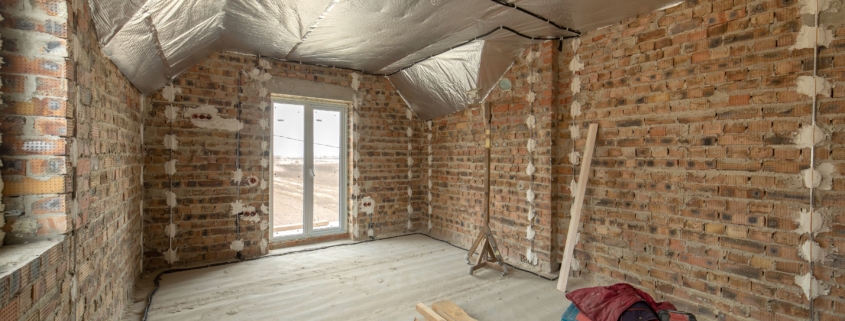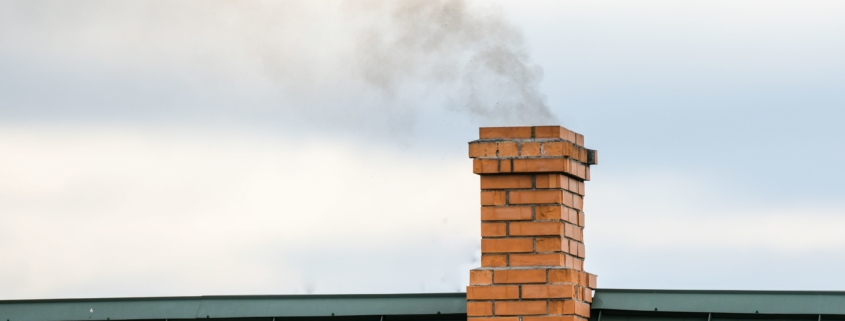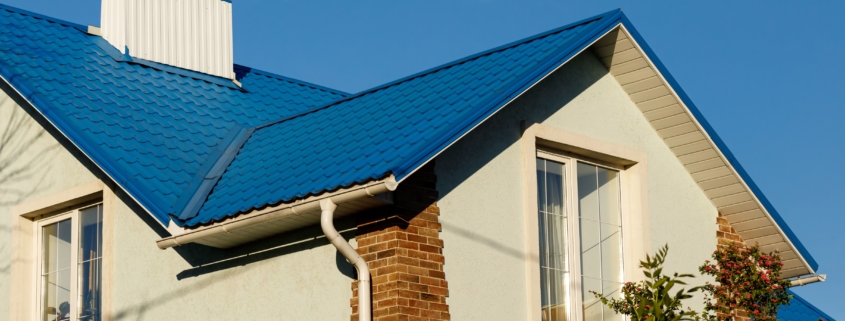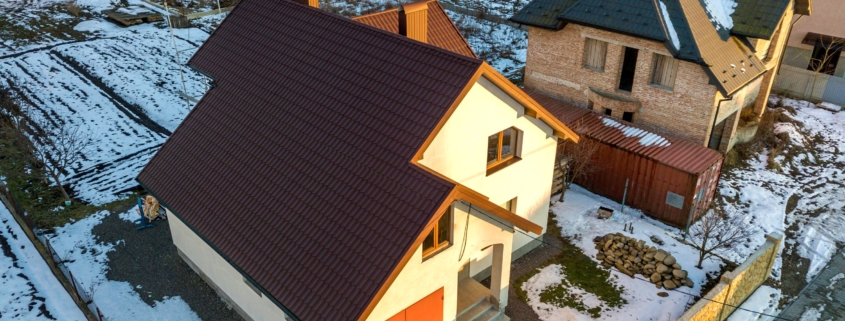Even for the most experienced homeowners, chimneys are always trouble to work with, not so much on how to use it, but more on maintaining it. The problems that can show up in a chimney generally occur in extremely hard-to-reach areas, and, unfortunately, ignoring the chimney can bring about serious consequences. As such, if you are purchasing a home that has a chimney, here are the things you need to do to ensure your chimney is cared for properly.
- Find out what type of chimney you have
The first thing you need to do whenever buying a home with a chimney is to learn what kind of chimney it has. Remember, not all chimneys are the same, which means the maintenance program you are going to have for the type of chimney you have will differ. That said, there are three main types of chimneys out there: single-walled metal, masonry, and pre-fabricated metal. Find out which one applies to your chimney, then do the necessary research to learn more about it.
- Check the flue once in a while
The flue on any chimney is responsible for keeping your home ventilated. It is a pipe fixture inside your chimney liner that diverts smoke and other gases out of the building. Over time, the flue can get blocked, and there are ways to tell that this is happening in your chimney. For instance, if you feel like using the chimney makes your home smokey, the flue needs some work. Have a professional check the flue if this is the case.
- Pay attention to any telltale signs on the brick
The bricks, along with the mortar, used on chimneys are generally meant to resist high temperatures. However, these bricks will deteriorate over time. Signs of old brick and mortar include cracking and crumbling. If you discover any of these signs on your chimney, you will need the help of professionals to chisel them out and fix them.
- Consider purchasing a chimney liner and cap
A chimney liner and a cap can do multiple things. For liners, it can protect your home from heat and fire produced by the fireplace by acting as an extra barrier. As for the cap, it protects the top part of your chimney, keeping it free from any unwanted materials from entering the chimney. If your chimney has only one or the other, or neither of the two, do have them planned to be installed. It will extend your chimney’s lifetime and lead to better overall comfort inside your home.
Conclusion
With all of that out of the way, we hope you are much more confident in tackling your chimney. To summarize, you need to know what chimney you are working with and set plans to have it maintained every so often. This is vital to ensure your chimney performs at its best, providing your home with a safe source of heat to keep everyone warm, especially during the winter season. With that said, if you find that your chimney needs some serious repair, hire professionals to do the job for you. They are equipped with the latest knowledge and tools to ensure a safe and efficient repair job to get your chimney back to its former glory.
Red Robin Masonry is a professional contractor offering services from brick repair to chimneys to ensure the perfect home for you to live in and enjoy life. If you need chimney repair services in Toronto, request a quote from us today!





